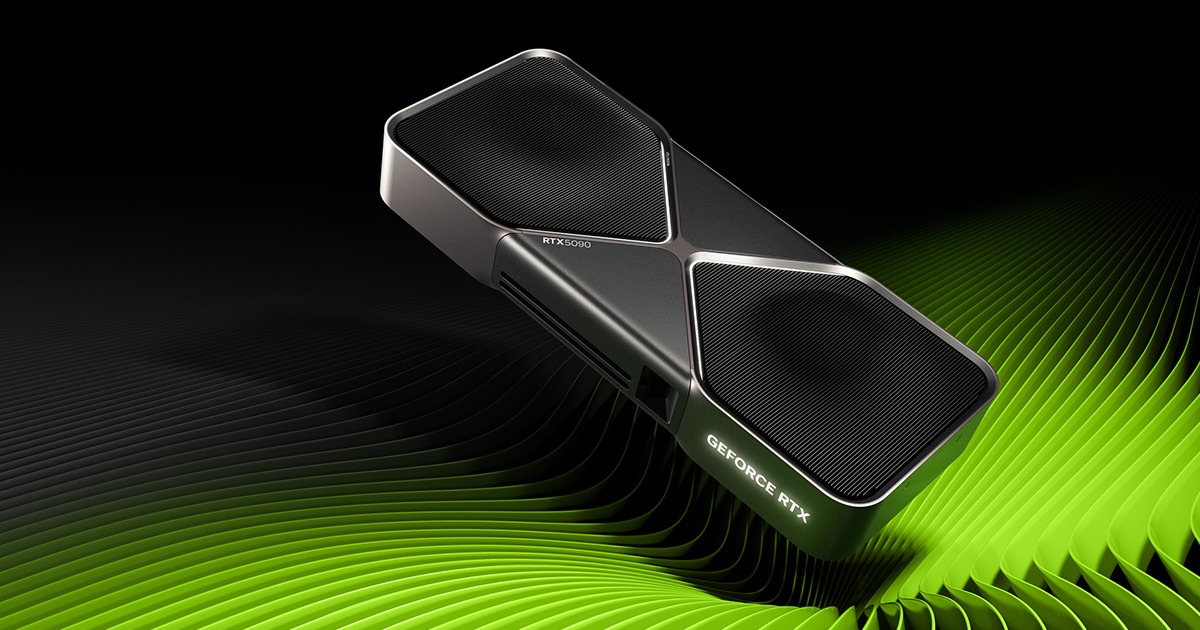
Computer hardware

The above picture shows the image Nvidia RTX 5090
History of Computer hardware
Computer architecture
Instruction set architecture
Microarchitecture
Cooling
Components of a computer
The components of a computer are:-
Difference between GPU and CPU
| GPU | CPU |
|---|---|
| 1. A graphics card (also called a video card, display card, graphics accelerator, graphics adapter, VGA card/VGA, video adapter, display adapter, or colloquially GPU) is a computer expansion card that generates a feed of graphics output to a display device such as a monitor. Graphics cards are sometimes called discrete or dedicated graphics cards to emphasize their distinction to an integrated graphics processor on the motherboard or the central processing unit (CPU). A graphics processing unit (GPU) that performs the necessary computations is the main component in a graphics card, but the acronym "GPU" is sometimes also used to erroneously refer to the graphics card as a whole. | 1. A central processing unit (CPU), also called a central processor, main processor, or just processor, is the primary processor in a given computer. Its electronic circuitry executes instructions of a computer program, such as arithmetic, logic, controlling, and input/output (I/O) operations. This role contrasts with that of external components, such as main memory and I/O circuitry, and specialized coprocessors such as graphics processing units (GPUs). |
| 2. Most graphics cards are not limited to simple display output. The graphics processing unit can be used for additional processing, which reduces the load from the CPU. Additionally, computing platforms such as OpenCL and CUDA allow using graphics cards for general-purpose computing. Applications of general-purpose computing on graphics cards include AI training, cryptocurrency mining, and molecular simulation.Usually, a graphics card comes in the form of a printed circuit board (expansion board) which is to be inserted into an expansion slot. Others may have dedicated enclosures, and they are connected to the computer via a docking station or a cable. These are known as external GPUs (eGPUs). | 2. The form, design, and implementation of CPUs have changed over time, but their fundamental operation remains almost unchanged. Principal components of a CPU include the arithmetic–logic unit (ALU) that performs arithmetic and logic operations, processor registers that supply operands to the ALU and store the results of ALU operations, and a control unit that orchestrates the fetching (from memory), decoding and execution (of instructions) by directing the coordinated operations of the ALU, registers, and other components. Modern CPUs devote a lot of semiconductor area to caches and instruction-level parallelism to increase performance and to CPU modes to support operating systems and virtualization. |